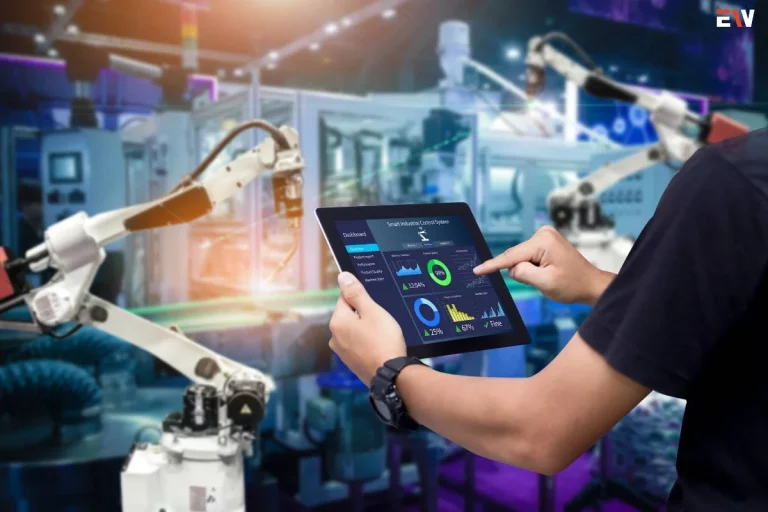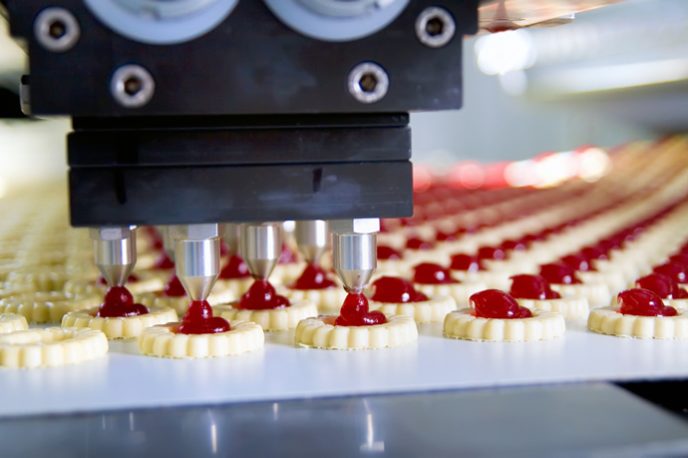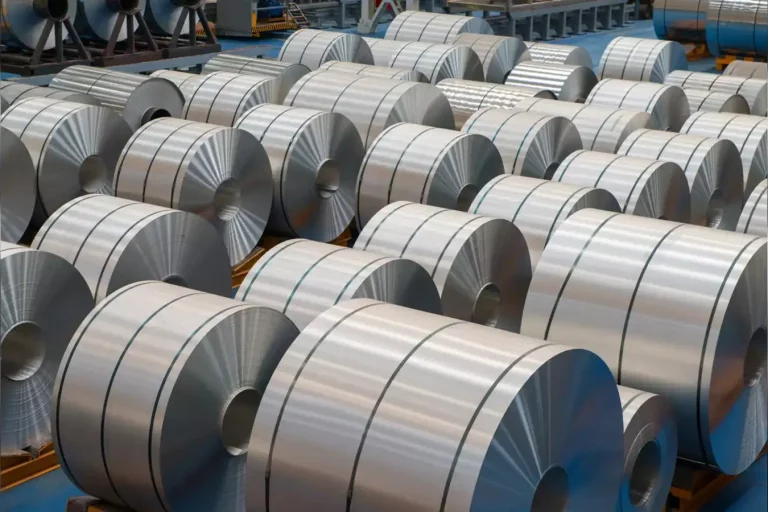The challenges and opportunities in metals manufacturing depend on the specific type of business you operate. From CNC machining to steel production, each segment has unique pressures and opportunities for innovation.
Machine Shops (CNC & Precision Machining)
Machine shops handle small, complex, and varied lot sizes, making precision and quality critical. Challenges include:
-
Process variation when switching materials
-
Premature tool wear or failure, leading to downtime
-
Engineering and re-engineering bottlenecks
-
Operational inefficiencies affecting on-time delivery and rework costs
The key to success? Optimizing machining workflows, leveraging real-time analytics, and reducing variability to improve efficiency and precision.
Steel Manufacturing
The steel industry holds massive potential but must tackle:
-
Price volatility of raw materials
-
Logistics and solid waste management costs
-
Avoiding excess capacity while meeting rapid demand growth
-
Integrating new technology while optimizing workforce efficiency
Steel manufacturers must embrace digital transformation and smart manufacturing to ensure long-term profitability and sustainability.
Metal Casting
Metal casting is efficient but faces evolving challenges:
-
A rapidly retiring workforce
-
Heavy utility consumption and rising energy costs
-
Supply chain disruptions affecting raw material pricing
-
Demand for digitalization and modernization
Leading companies invest in automation, smart analytics, and workforce development to remain competitive.
Metal Fabrication
Metal fabrication covers cutting, welding, stamping, and forming—industries serving appliances, automotive, heavy equipment, and more. Challenges include:
-
Shorter product lifecycles and increased customization
-
Strict compliance with diverse customer regulations
-
Labor shortages and skill gaps
-
Reducing capital tied up in inventory
To thrive, fabricators must adopt data-driven manufacturing, predictive analytics, and automation to enhance flexibility and efficiency.
Additive Manufacturing (3D Printing)
In mass production industries like automotive and consumer goods, additive manufacturing faces:
-
Slow production speeds, making it less viable for high-volume production
-
Part-to-part variation, affecting compliance with strict quality standards
The goal? Maximize efficiency, enhance quality control, and streamline production to compete in high-performance sectors.







